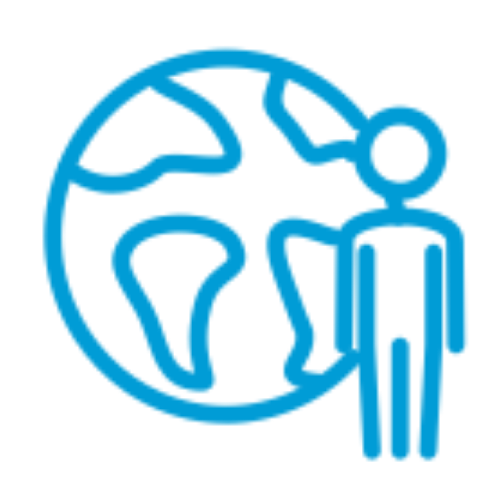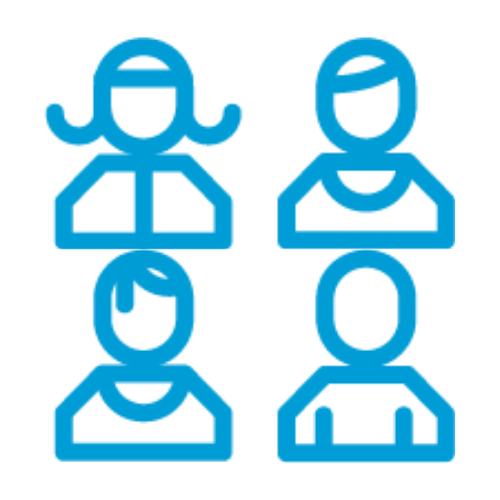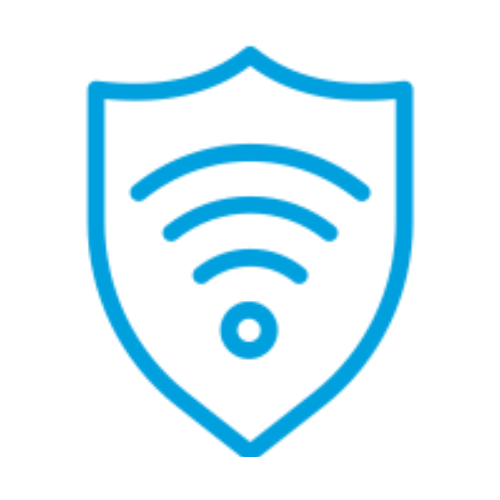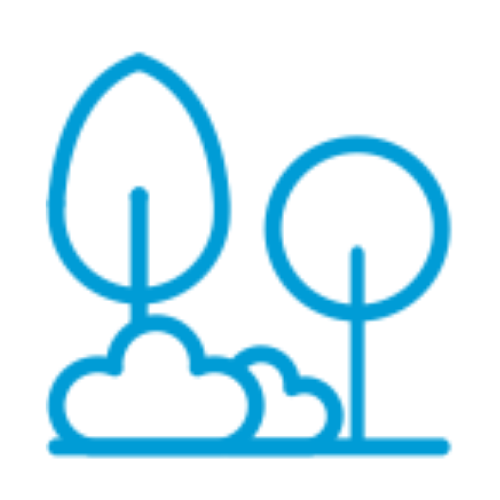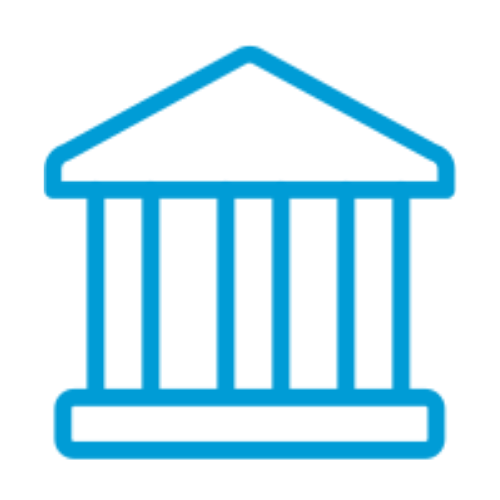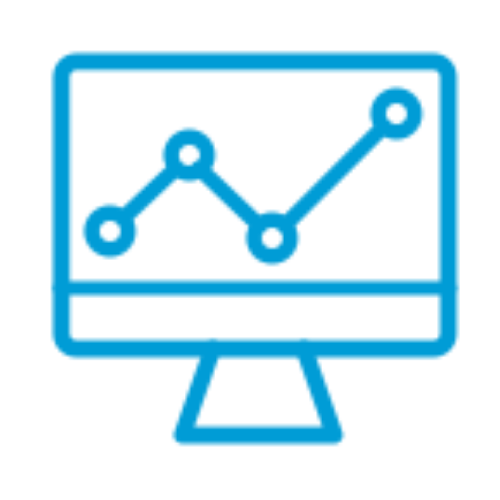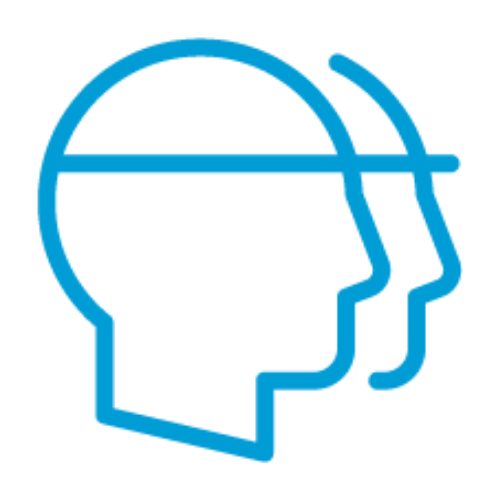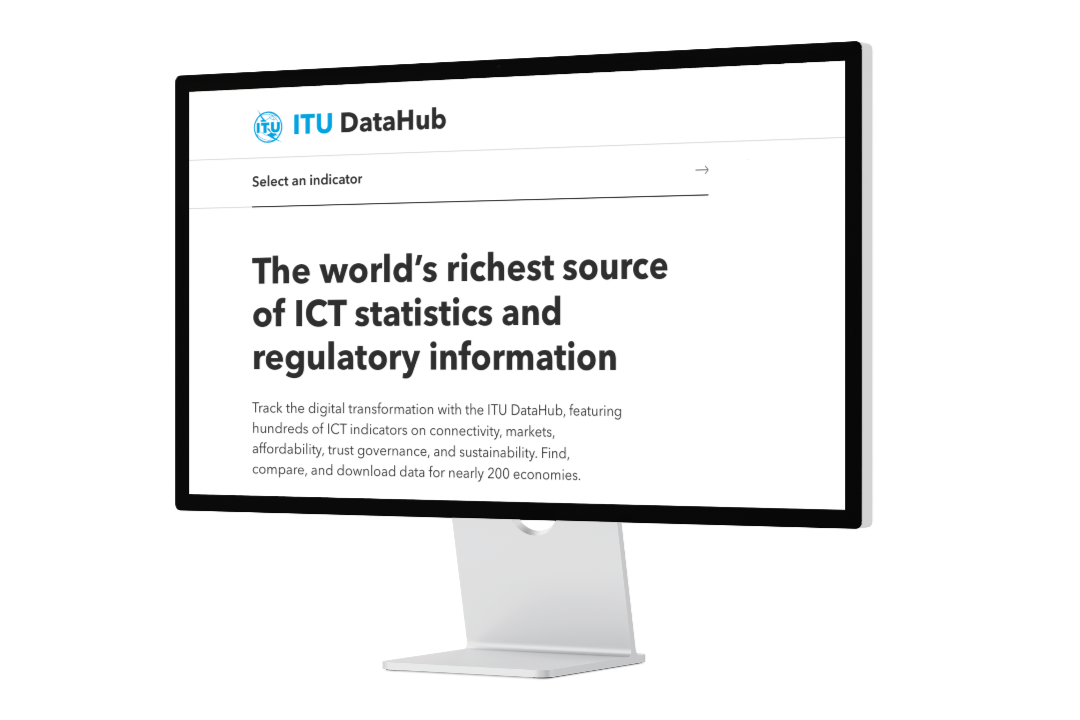
Global Connectivity Report 2022
Achieving universal and meaningful connectivity in the Decade of Action
Read online Download the reportThe Global Connectivity Report 2022 takes stock of the progress in digital connectivity over the past three decades. It provides a detailed assessment of the current state of connectivity and how close the world is to achieving universal and meaningful connectivity, using a unique analytical framework. It goes on to showcase solutions and good practices to accelerate progress. The second part of the report consists of seven thematic deep dives on infrastructure, affordability, financing, the pandemic, regulation, youth, and data.
Read the press release here.
Download the executive summary in Arabic, Chinese, English, French, Russian, and Spanish.
Global Connectivity Report 2022
Copyright © ITU 2022 All rights reserved
Permalink: https://www.itu.int/itu-d/reports/statistics/global-connectivity-report-2022/
